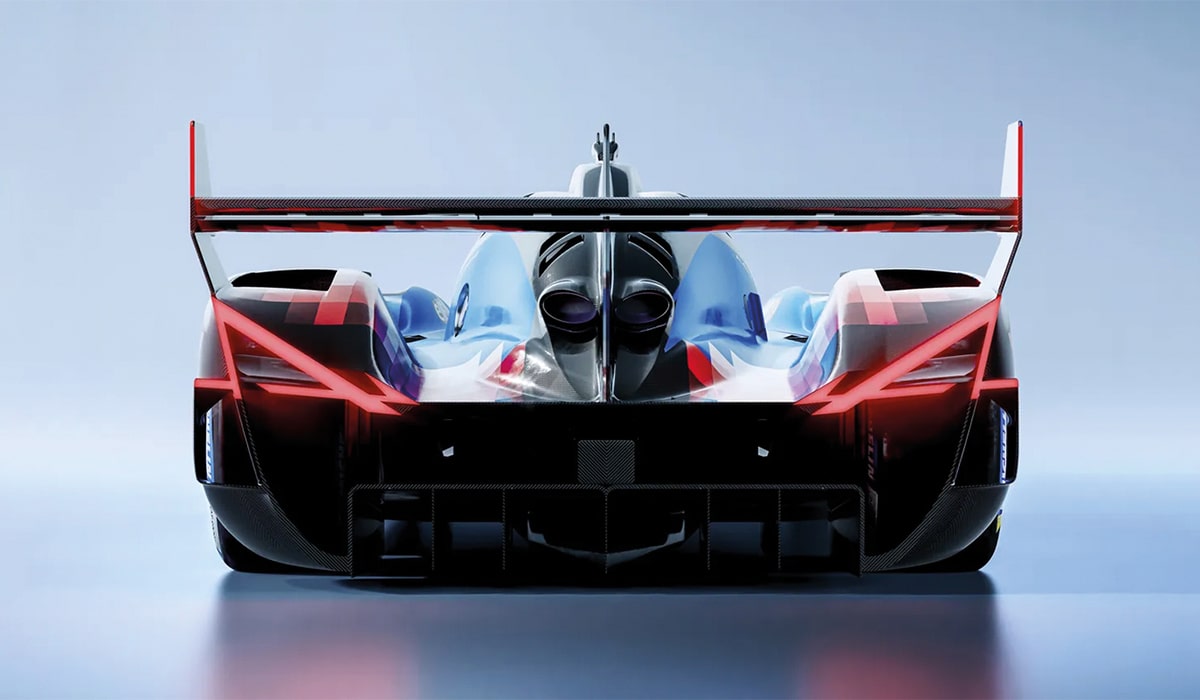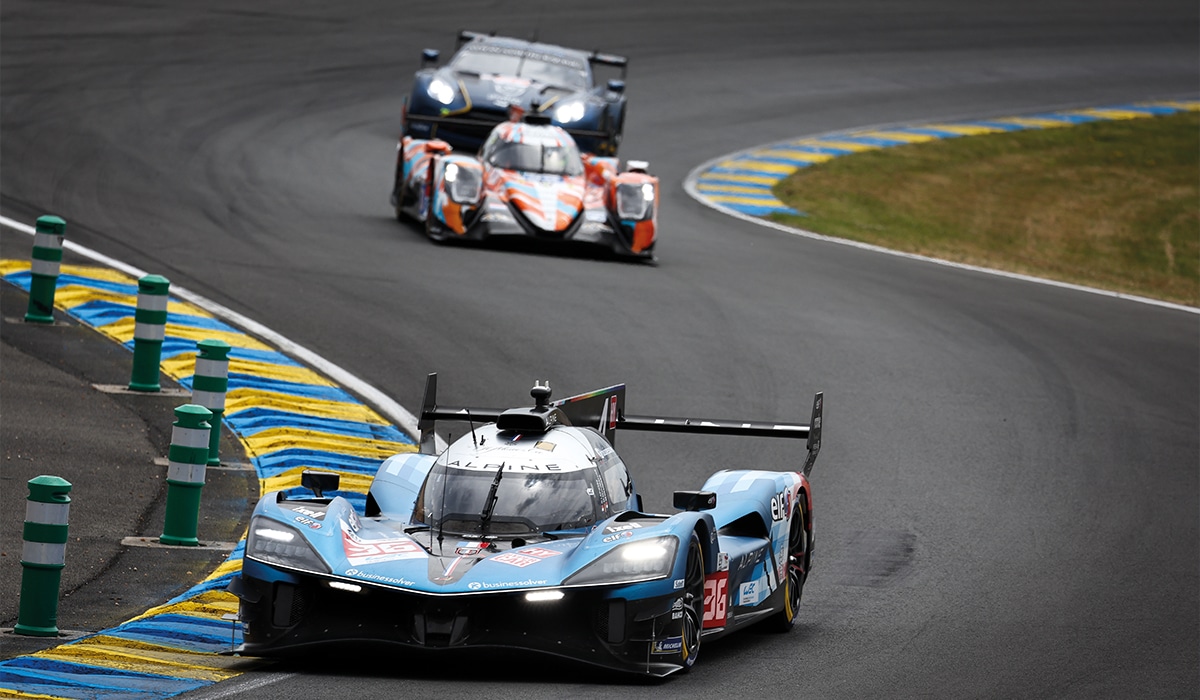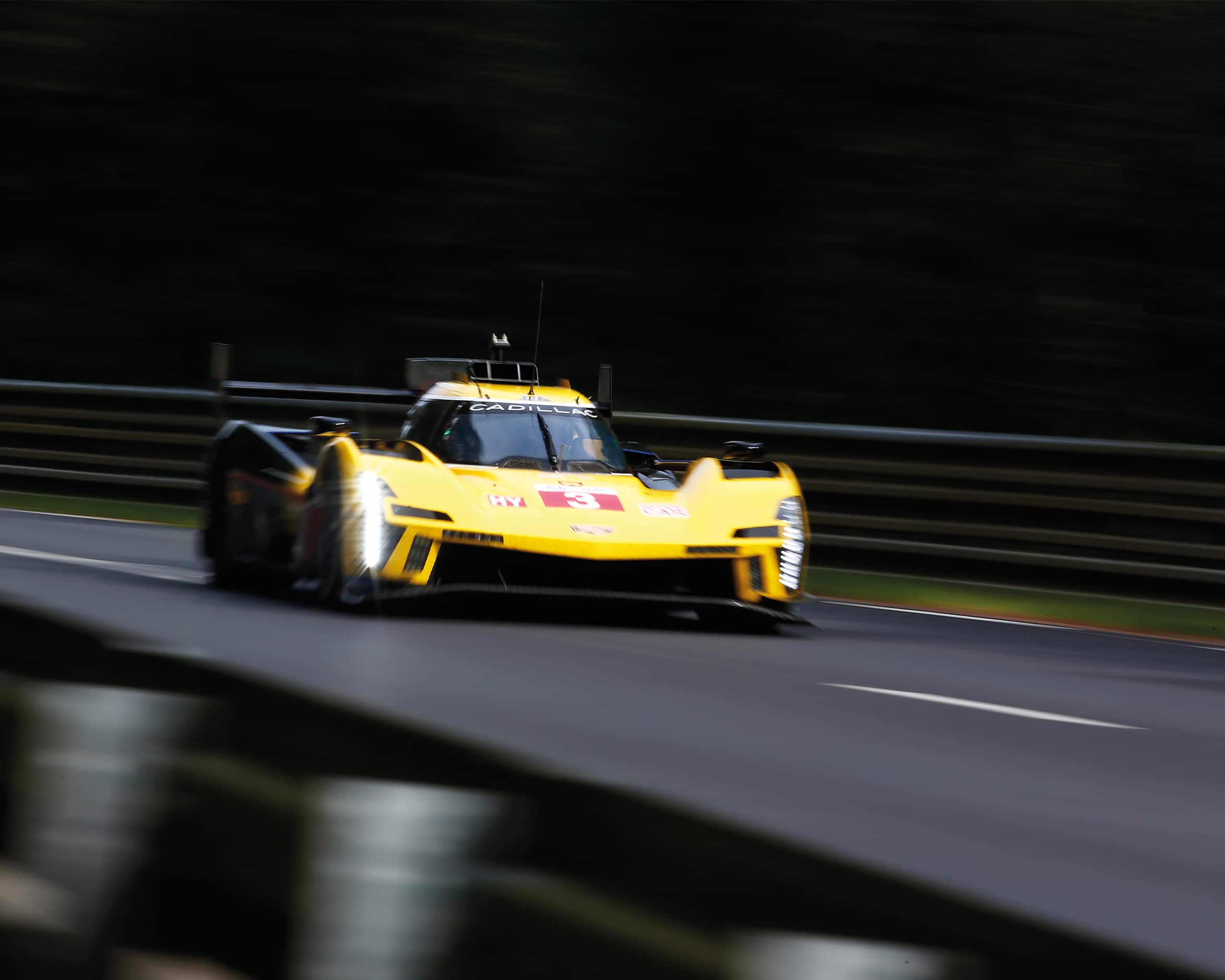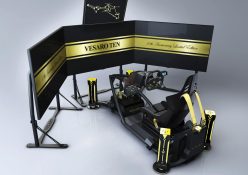The World Endurance Championship has brought high-octane energy for competing car brands eager to be the best.
After early car manufacturers got tired of seeing which of their prototypes could go fastest in a straight line, they realised there were more important things in the automotive age: tyre wear, fuel economy and the ability to take corners swiftly. But blokes being blokes, speed was still a major factor. Which car was the best?
Everyone, from early car clubs to people on the street, wanted to know the answer to that one simple question. The ‘best car’ did not necessarily mean which car was just the fastest, but the fastest over an extended period of time.
So, Formula 1 tried to set everyone’s minds at ease by bolting plane engines onto lightweight machinery, and driving around dauntingly dangerous circuits that weaved through public roads, past spectators and even into hay bales and immovable 17th century chapels. Then in 1923, 27 years after the advent of Grand Prix racing, came the 24 Heures Du Mans (24 Hours of Le Mans).
Road-car manufacturers could now have a go against each other in cars that were (generally) available to the public. This year, the FIA World Endurance Championship (WEC) has reached new heights, with well-known manufacturers (and lesser-known Isotta Fraschini) flocking to the grid to out-drive, outwit and outlast one another.

The Players
Alpine (France)
Renault’s ‘performance division’ under a resurrected in-house or (probably) en-maison car brand is underperforming in Formula 1, but they’re throwing their beret into the ring with conviction in the WEC. Their season has had mixed results, even with rising star Mick Schumacher (son of former world F1 champ Michael) behind the wheel. Ultimately, they want to be France’s No.1 – beating the likes of Peugeot – but ambitions, national pride and corporate tensions remain high at Alpine.
BMW (Germany)
A mixed history in all forms of motorsport hasn’t deterred the Bavarian giants from getting involved with a purpose-built hypercar weapon in the WEC, even 25 years after their last victory at Le Mans. The no-doubt intimidating BMW executive board greenlit the PM/663 project a few years back. With South African DTM champion Sheldon van der Linde and former MotoGP legend Valentino Rossi as drivers, they’re hoping to be the main mannschaft sticking it to their German rivals from Stuttgart. At the very least.
Cadillac (USA)
Besides Steve McQueen, American gentlemen drivers have long held a fascination for European sportscar racing, famously culminating in the well-documented grudge match between Ford and Ferrari at Le Mans in the 60s (the subject of a recent 2019 film). Detroit-based General Motors have decided to use one of their few remaining brands – the traditionally unsporting Cadillac – to wave the Star Spangled banner in the hypercar division. While it might seem strange to see a Cadillac going over 340km/h, this is essentially the American national team so they’ll be the chanting the equivalent of “Yoo-Ess-Ay! Yoo-Ess-Ay!” through a complicated hybrid engine. Via Andretti racing, Cadillac are boardroom dancing to also participate in F1 in 2026. Plausibly, as a reaction to the Blue Oval returning as an engine supplier for Red Bull in 2026.
Ferrari (Italy)
Free from the technical straitjacket of F1, Ferrari have developed a hypercar to compete at the highest level, unleashing their prancing horsepower on the WEC with their 499P. An addition to winning, combined with fanatical support, a fantastical legacy, Italians who see their job at Ferrari as a divine calling, and the most desirable cars on the planet, the Scuderia exist to race. Their history at Le Mans is well documented, especially the rivalry with Ford after a botched takeover. The only threat to Ferrari is that being Italian can, at times, render them entirely incapable of making logical decisions.
Isotta Fraschini (Italy)
One of the perks of being a billionaire is buying the rights to a long-defunct Italian luxury car brand, reviving it and sending it racing. Isotta Fraschini hit its heyday in the Golden Age of the Silver Screen in the 20s and 30s, driven around Hollywood by silent-fi lm stars like Rudolf Valentino. Having formed in 1900 in Milan, it has a long history of racing and was one of the first companies to market cars with – wait for it – four wheel brakes. The brand was revived in 2022 by Italian shipbuilders Fiancanteri, and while they’re pretty rubbish at the moment, they do evoke a romantic aura of bespoke coachwork teams taking on the corporate giants of the world.
Lamborghini (Italy)
The raging bulls of Modena were created specifically to gore the prancing horses of Maranello. The story goes that tractor manufacturer Feruccio Lamborghini bought a Ferrari and considered it the worst car he’d ever driven. So after some hot-blooded Italian ‘exchanges of ideas’, Feruccio told Enzo that he could create a better sportscar. Whether he succeeded or not is debatable, but Lamborghini has a special place in Italian racing folklore.
Peugeot (France)
Equally capable of massively innovative performance vehicles across all forms of motorsport, from the Dakar to the WRC (and a torrid time as McLaren’s F1 engine supplier), to soul-crushingly dull sedans, Peugeot is an enigma. Even by French standards. Their WEC campaign is as much about being France’s top dog (or meilleur chien) as it is about harnessing Total Energies’ commitment to hybrid power solutions. They’re a magnificently successful car company and when they decide to go racing, they tend to innovate their way to the top.
Porsche (Germany)
The most successful manufacturer in endurance racing, Porsche’s ethos has always been about performance cars that can be driven every day. At high speed. For hours on end. They have three official teams entered in the WEC, and they’re all bossing it. Porsche is synonymous with going the distance and being extremely tactical, quick and reliable. All the ingredients needed for endurance racing success.
Toyota (Japan)
After reputedly having a blank cheque in F1 and never winning anything, Toyota turned their attention to endurance racing. They’re only the second Japanese manufacturer to win Le Mans (after Mazda’s one-off victory in 1991), but their quest for the top remained elusive. In 2016, their car stopped one lap from the end when the #5 Toyota (of Sébastien Buemi, Anthony Davidson and Kazuki Nakajima) ground to a halt approaching its final lap. Eventually – with notable absentees Audi and Porsche – they won in 2018. Toyota is a technological giant and their Cologne-based operation is poised to welcome newcomers to a sport they know inside out – and give them a good showing, too.

Race Line-up
29 Feb – 2 Nov 2024
- Losail (Qatar) – 1812km
- Imola (Italy) – 6 hrs
- Sao Paolo (Brazil) – 6 hrs
- C.O.T.A (USA) – 6 hrs
- Fuji (Japan) – 6 hrs
- Losail (Qatar) – 1812km
- Bahrain – 8 hrs
- Le Mans (France) – 24 hrs
Words by Gavin Williams
Photos: Gallo/Getty Images, Alpine/Supplied







